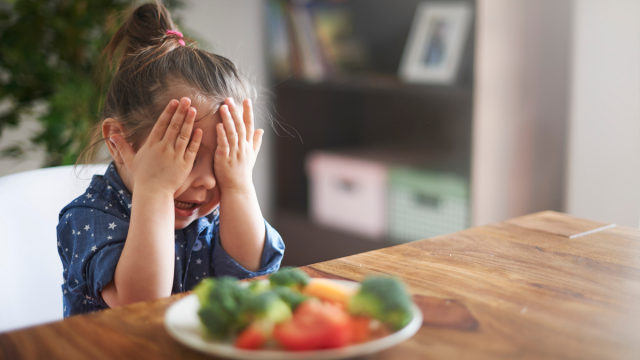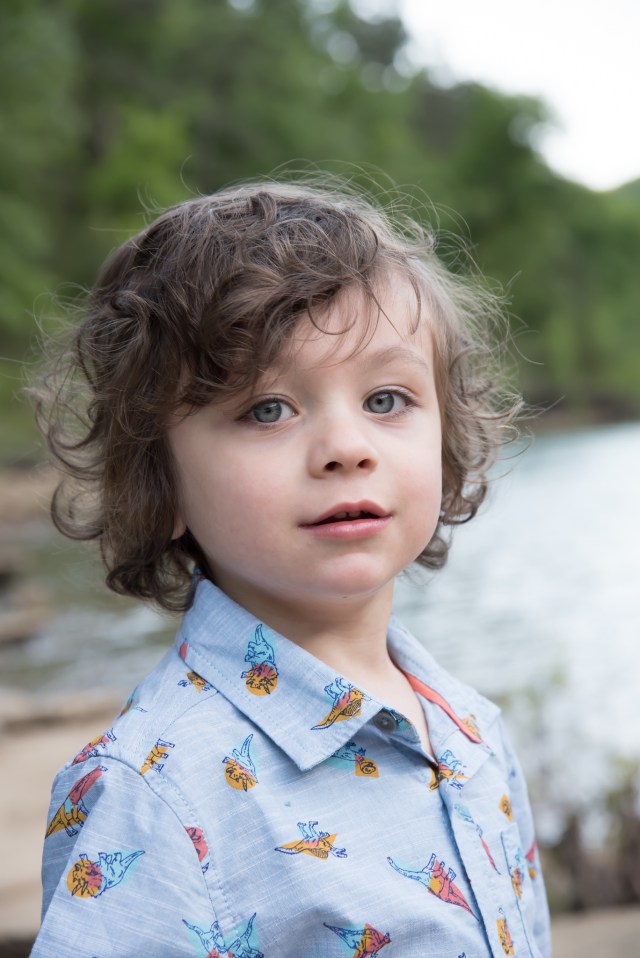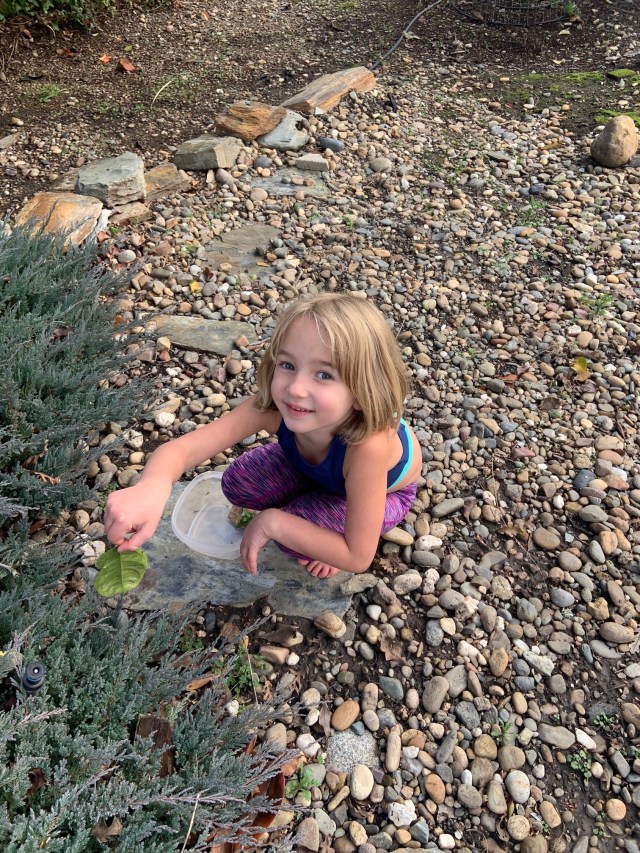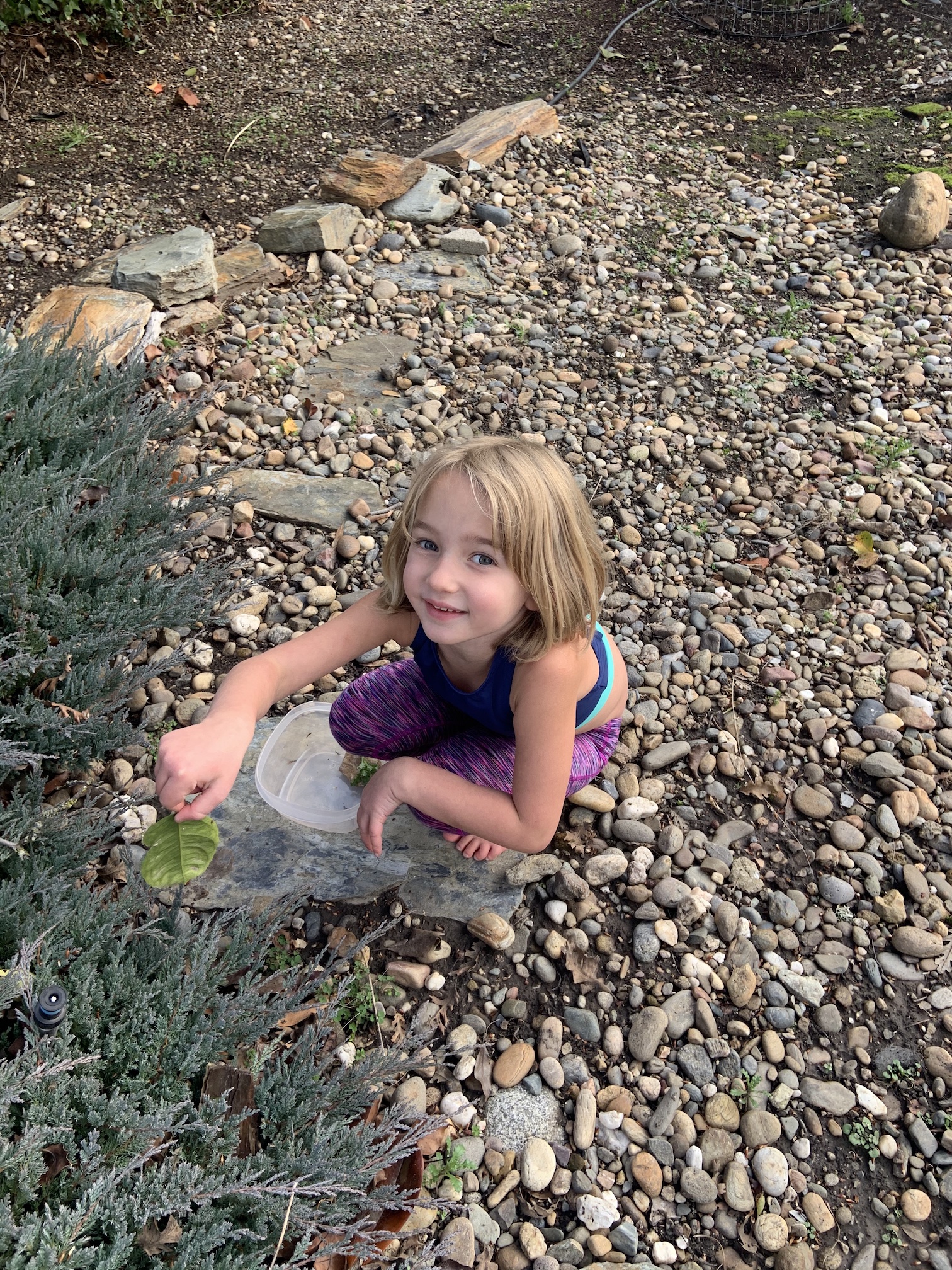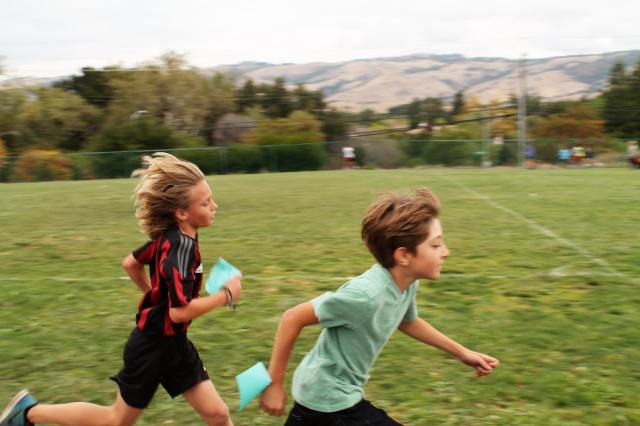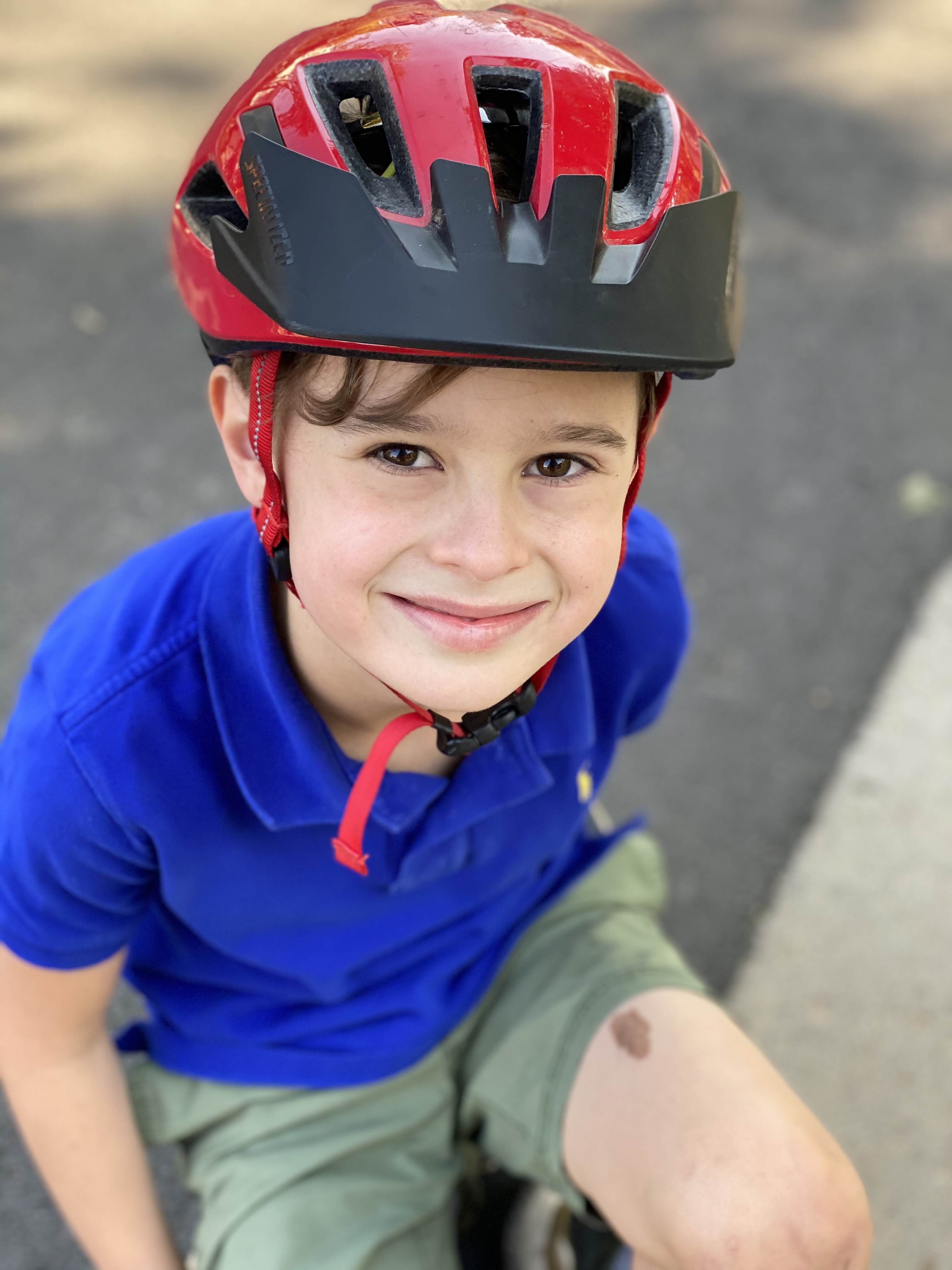As a professional recipe developer and mom of 3, now ages 30, 25, and 12, I’ve been working with food and parenting for a LONG time. I also have a unique perspective of parenting on both sides of the internet—and there were pros and cons to both experiences. For example, with my older two, I didn’t have the vast resources of food blogs, Facebook groups, and Google to turn to for #allthequestions. All I had were some books, friends and family, and my pediatrician. But at the same time, I didn’t have endless feeds in my face—at any hour of the day or night—flaunting image after image of perfect moms, with their perfect children, in their perfectly curated homes, eating their perfectly balanced meals.
Again, pros and cons.
And while a lot of things changed in the world between kid #2 and kid #3, the one thing that didn’t change in the decade-plus between my 2nd child and my 3rd child? The struggle to feed a picky eater. Three. Times. A day. (Plus snacks).
And—weirdly—neither did the “tried and true” tips for dealing with a picky eater. This was a major bummer, as all three of my kids were “selective” eaters. So, when I turned to the internet with my 3rd—convinced I’d be handed a shiny new collection of modern, innovative, “tried and true” tips—I found myself with the same suggestions as the first time around:
- Cut food into cute shapes (so many cookie cutters!)
- Let your kid help grow/shop for/prepare the food—they’ll be SO much more invested (no. just no.)
- Sneak zucchini/beans/carrots/whatever into brownies/cookies/cake/whatever (the baker in me took MAJOR offense to this one)
- Offer choices (did someone say, “short order cook”?)
- Lead by example (takes to eating Oreos in the closet)
- Limit junk food (takes to eating Oreos in the closet)
- Have regular mealtimes (seriously?)
Like I said, MAJOR BUMMER.
Even before I started blogging, I considered myself a foodie, and a serious home cook and baker. There was nothing I wouldn’t have bought, prepared, sculpted, you name it, to get my daughter to eat a well-rounded meal. And yet it was clear early on that she simply had a (very) limited palate. Fortunately, I had a low-key and supportive pediatrician, who finally sat me down at her 4-year well visit (where I once again bemoaned my lack of success at getting her to eat better) and told me 2 things:
1. Stop looking at the meal-by-meal, or even the day-by-day, but look at what she eats over a whole week.
2. Stop fighting this battle. She was in excellent health, and this would not last forever.
And so I did. And all of a sudden things didn’t look so dire. Did she eat a variety of vegetables? No. She ate ONE (sliced red peppers), and I noticed she would eat a LOT if I served it up during her allotted afternoon TV time. So, I did.
Did she eat a variety of proteins? No. She ate ONE (my tuna salad, and always for lunch). But she never tired of it and so I always made sure I had a batch on hand (and stopped focusing on her non-negotiable “pasta with butter and cheese” dinner).
She always ate a wide range of fruits, so I put that at the top of the list of things to feel good about her diet, and when I’d reflect at the end of each week (as opposed to the meal-by-meal), things looked a LOT better.
And she grew up to be a beautiful eater, who is a pleasure to go out for a meal with as well as to cook for.
My point?
The answer to the question, “How do you raise food-loving kids?” is that you can’t. Whether it’s a control issue, a sensory challenge, or simply (in my kid’s case) a limited palate, you cannot force a kid to eat.
This isn’t to say that you should toss your hands up and stop trying. I NEVER stopped trying. But I did stop stressing. I had a good friend whose daughter ate a strictly “white food” diet, refusing to eat a single fruit, vegetable, or protein. And another whose kid was dining on oysters, escargot, and sushi from the time he sprouted teeth. And still another whose son was side-by-side in the kitchen with her, measuring, whisking, and sautéing dinners for the family by age three.
And they all grew up to be fine, healthy adults.
So, serve those cut-up veggies in front of the iPad/in the car/while watching TV. Have that “one protein” always at the ready (yes, even on vacation). Modify dinners IF you can (but don’t worry if you can’t or don’t want to—that’s why they invented mac and cheese). And look at the week, not the day.
And use those cookie cutters for making cookies. As nature intended.
